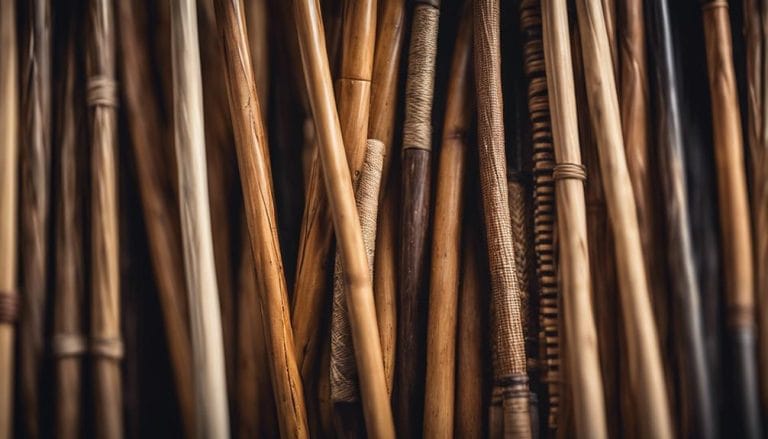Rattan Cane for Weaving: Cost and Availability
As I was planning my next weaving project, I stumbled upon an intriguing challenge: rattan cane’s fluctuating cost and sporadic availability. It’s a material I favor for its versatility and aesthetic appeal, but navigating its market can be perplexing. Factors such as size, quality, and the global market’s whims add layers of complexity. I’m on a quest to unearth tips for sourcing quality rattan at the best price, and I believe some strategies and insights could benefit us all. Let’s embark on this journey together, exploring how to smartly tackle these hurdles.
“Rattan cane for weaving varies in cost and availability, making it essential to research suppliers for the best deals. Consider local craft stores or online retailers for various options to suit your weaving needs.”
Key Takeaways
- Rattan cane costs range from $14.15 to $29.35 per pole, influenced by size and quantity.
- Sustainability and market demand impact rattan’s availability and long-term supply.
- Quality rattan comes from climbing palms and requires careful selection and storage.
- Cost-saving strategies for weavers include soaking cane, precise cutting, and bulk purchasing.
Understanding Rattan Pricing
Rattan pricing, influenced by factors such as diameter, length, and quantity, starts from $14.15 and can reach up to $29.35 for poles. Delving into the nuances of these cost variances, conducting a thorough price comparison is crucial to ensure budget efficiency for any weaving project. The price disparity isn’t arbitrary but reflects the inherent qualities and availability of different rattan varieties, such as Calcutta Bamboo and Tiger Rattan, each commanding its specific price point.
Analyzing market trends, it’s evident that bulk pricing options are pivotal in the cost structure. This presents an opportunity for significant savings, especially for large-scale projects or those requiring a consistent rattan supply. Understanding these trends is about finding the best price predicting cost fluctuations, and planning purchases accordingly.
In this context, a deep understanding of the pricing dynamics enables one to navigate the market more effectively, making informed decisions that align with project needs and budget constraints. This analytical approach toward rattan pricing ensures that every dollar spent is optimized for value, quality, and sustainability.
Factors Impacting Availability
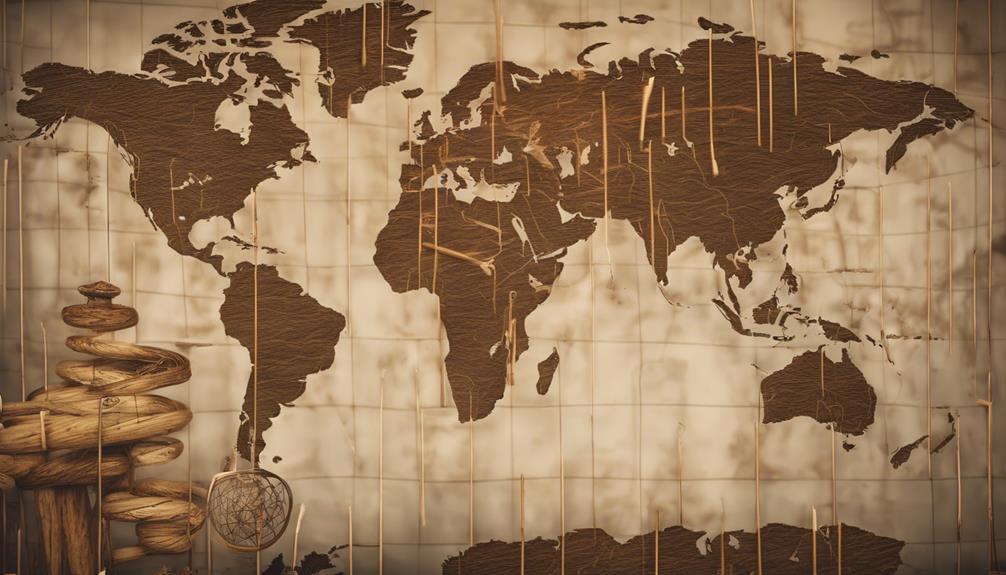
Seasonal patterns and market demands significantly influence cane availability for weaving projects. In my exploration of this subject, I’ve found that the cyclical nature of these seasonal fluctuations can drastically affect when and how much rattan cane is accessible. For instance, there’s an abundance during peak harvest seasons, but this availability can tighten as off-season approaches, making it harder for artisans and manufacturers to source the material.
The geographical influences on rattan cane availability can’t be overstated. The region where rattan plantations are located is crucial in determining local access to this resource. It’s not just about the physical distance; environmental factors such as deforestation and climate change also weigh heavily on the health and growth of rattan cane populations. These environmental challenges can lead to variations in availability across different regions and times.
Moreover, the commitment to sustainable harvesting and conservation efforts directly impacts the long-term availability of rattan cane. It’s a delicate balance to maintain, as these practices often limit immediate supply to benefit future availability. Additionally, the specific species of rattan plants being cultivated for weaving purposes further complicates the availability of landscape, as some species may be more susceptible to these environmental and human-made pressures than others.
Sourcing Quality Rattan Cane
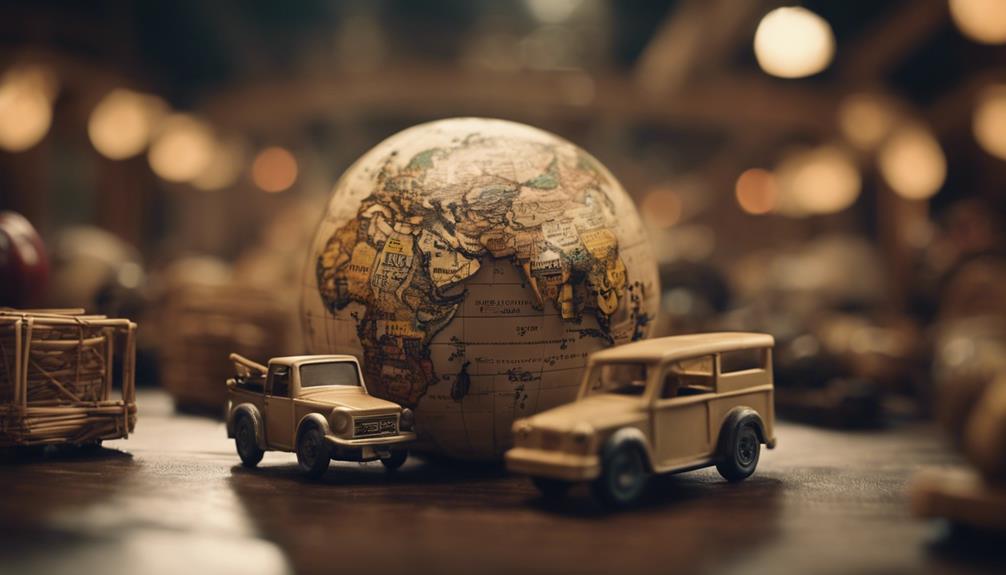
To ensure the success of weaving projects, it’s essential to select high-quality rattan cane from trusted suppliers meticulously. I’ve found that the journey towards sourcing superior rattan involves understanding its origin—primarily climbing palms known for their flexibility and strength. This quest for quality isn’t just about finding rattan; it’s about ensuring sustainability in rattan sourcing. I delve into the methods employed in rattan processing, recognizing that the techniques used significantly impact the cane’s attributes, such as uniform thickness, smooth surface, and natural hue.
In my experience, not all rattan is created equal. The availability of quality cane largely hinges on the supplier’s dedication to proper selection, processing, and storage practices. I’ve learned to identify high-quality rattan by its characteristics, which are crucial for my weaving endeavors. Partnering with reputable suppliers has been pivotal, offering consistency and reliability that underpin the success of my projects.
Understanding the nuances of rattan varieties and their suitability for weaving applications has also been key. It’s a technical and analytical process, but it fosters a closer connection to my craft. Through this intimate journey of sourcing and analyzing rattan, I ensure the sustainability and quality of my weaving materials, laying a solid foundation for exceptional woven creations.
Cost-Saving Tips for Weavers
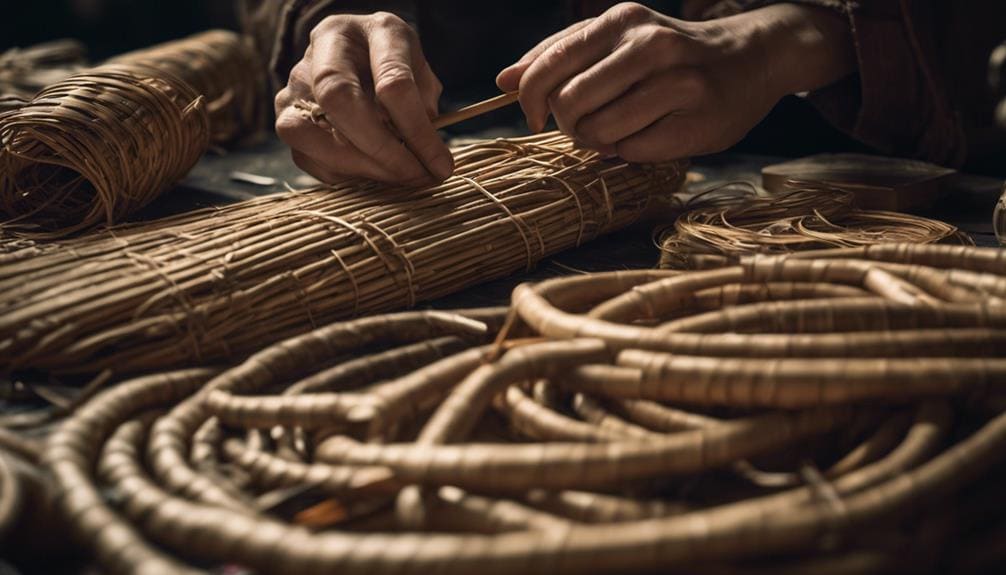
As a weaver, I’ve discovered that soaking the cane in warm water before use enhances its flexibility and significantly cuts down on material costs. Delving deeper into cost-saving measures, precision in cutting rattan cane to exact lengths emerges as a critical step. This meticulous approach ensures minimal waste, aligning with sustainability goals.
Here’s a table highlighting effective strategies:
| Strategy | Benefit | Impact on Sustainability |
|---|---|---|
| Soak cane in warm water | Increases pliability; reduces breakage | Less wastage |
| Cut to precise lengths | Minimizes material waste | Enhances resource use |
| Bulk purchases | Lower prices per unit | Reduces shipping impacts |
| Explore weaving patterns | Maximizes visual appeal without extra cost | Promotes creative reuse |
Incorporating different weaving techniques lends a unique aesthetic to creative projects and allows for the upcycling of rattan scraps. This approach breathes new life into offcuts and champions sustainability principles. By adopting these practices, I’m honing my craft and contributing to a more sustainable weaving community where every piece of rattan is valued and nothing is wasted.
Future Trends in Rattan Weaving
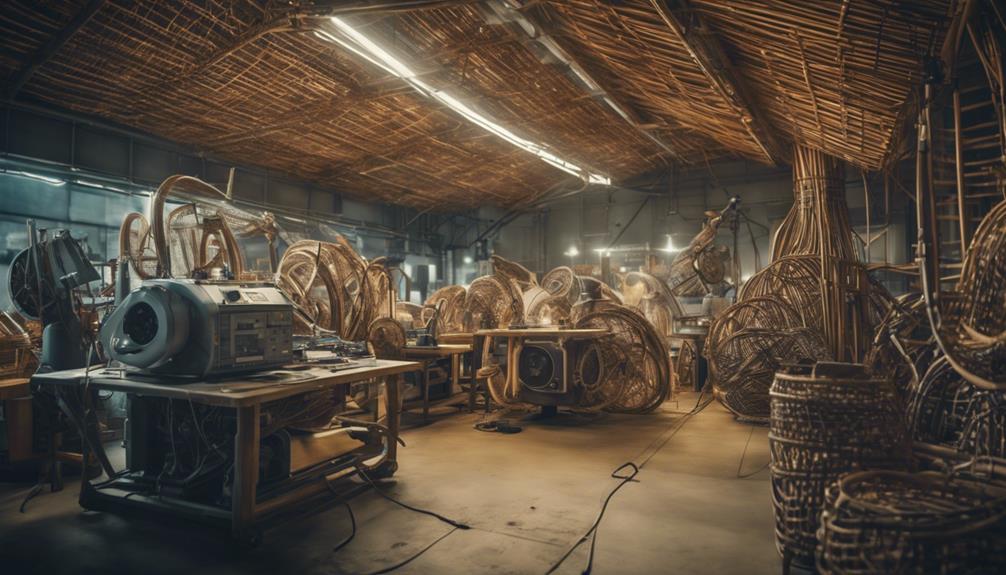
Rattan weaving is undergoing a significant transformation, driven by the push for sustainability and the demand for innovative, eco-friendly designs. It’s a craft that’s evolving, merging tradition with modernity. Sustainable innovations are at the forefront, guiding how we source, produce, and design with rattan. As I delve deeper into this shift, I see a remarkable synergy between designers and artisans. This collaboration isn’t just about creating; it’s about redefining the essence of rattan weaving.
The surge in innovative designs incorporating rattan in furniture, decor, and even fashion underscores a broader trend. There’s a palpable shift towards items that are not only sustainable but also imbue spaces with a sense of personality and artisanal charm. This artisanal resurgence is catering to a growing desire for personalized decor that reflects individual stories and aesthetic preferences.
As I analyze these trends, it’s clear that the future of rattan weaving is vibrant. The craft is adapting, embracing the challenges and opportunities of our times. Through design collaborations and a commitment to sustainability, rattan weaving is poised to continue its journey, blending the timeless with the contemporary and crafting pieces that resonate with our desire for authenticity and environmental stewardship.
Frequently Asked Questions
What Is the Price of Rattan Material?
I’ve noticed the price of rattan material fluctuates with market trends and seasonal variations. Analyzing these patterns reveals a cost dynamic influenced by type and availability, which is essential for those deeply involved in weaving projects.
What Is the Most Popular Kind of Rattan Used for Commercial Production?
With its sturdy embrace, I’ve found that Calcutta Bamboo dominates the commercial landscape. Its sustainability, weaving finesse, and unparalleled strength make it the go-to choice. It’s a technical marvel intimately known among artisans.
Where Does Rattan Cane Come From?
I’ve learned that rattan cane originates from the rattan palm, which thrives in tropical climates. Its harvesting methods and minimal ecological impact highlight its sustainable nature, which deeply resonates with my appreciation for environmentally conscious materials.
What Is the Difference Between Rattan and Cane?
When I crafted a chair, I noticed that rattan is a robust raw material, while cane, derived from rattan’s outer layer, excels in durability comparison. Cane’s usage of versatility in finer weaving projects truly stands out to me.
Conclusion
As I delve deeper into the world of rattan weaving, it’s clear that mastering its economics is as crucial as understanding its craft. The fluctuating availability and pricing, influenced by myriad factors, hint at a complex market. By strategically sourcing and applying cost-saving measures, I anticipate navigating these waters more adeptly. Yet, the future trends in rattan, shadowed by uncertainty, promise both challenges and opportunities. The journey ahead, while daunting, beckons with the allure of untapped potential and innovation in the art of weaving.






